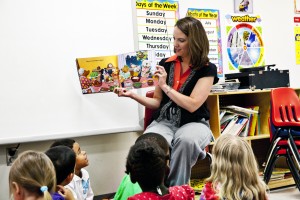
School officials, vendors, associations and other organizations should use the term “best practices” carefully when referring to school safety efforts. Inaccurate use of the term can create legal and public relations problems that can be avoided with more thoughtful and defensible terminology.
School Safety Best Practices and Litigation
The term “best practices” is used often in school safety field. I think the term is sometimes used too loosely. I caution clients to be cautious about referring to any school safety measures they have implemented as a best practice. While there are several reasons for this, one of the most compelling is that school organizations may be required to prove in court that a particular approach was a best practice if they are litigated. Many of the approaches that are described as best practices will not survive this level of scrutiny. Using the term “best practice” to describe a strategy that does not really meet the definition for a best practice can open a literal Pandora’s Box. Used inappropriately, this term could turn a reasonably defensible position into an ordeal for the defendant organization.
Misuse of the term best practices in school safety is common
I have seen numerous vendors, state agencies, and non-profit organizations claim that planning approaches, training, products and services they provide are best practices without a valid basis for the use of this term. I have now seen at least two training programs that have failed badly under actual field conditions described as best practices. In both cases, there is no independent validation that the approaches are effective, reliable or safe let alone the best practice in the field. One of these training programs is about to be tested via a civil action by a school employee who alleges they were seriously injured as a result of the training program.
Sage advice from an old hand
School safety expert Bill Modzeleski first brought this concern to my attention many years ago when he served as the point man for the U.S. Department of Education’s safety efforts. He provided a rational and thoughtful explanation of why school and government officials should take great care in using the term “best practice” to describe school safety strategies. Bill made a good case and I think his sage advice is just as applicable today as it was then.
How to avoid creation of a best practice trap
I advise my clients to ask themselves how they would defend the use of the term “best practice” in front of a jury during a major civil action or in an interview with a major news organization. I tell them to imagine that a child had died in spite of the particular strategy when performing this mental exercise. If you do not feel that you could easily provide evidence that the strategy meets this definition, it would be a good idea to find a more defensible yet positive way to describe the practice.
